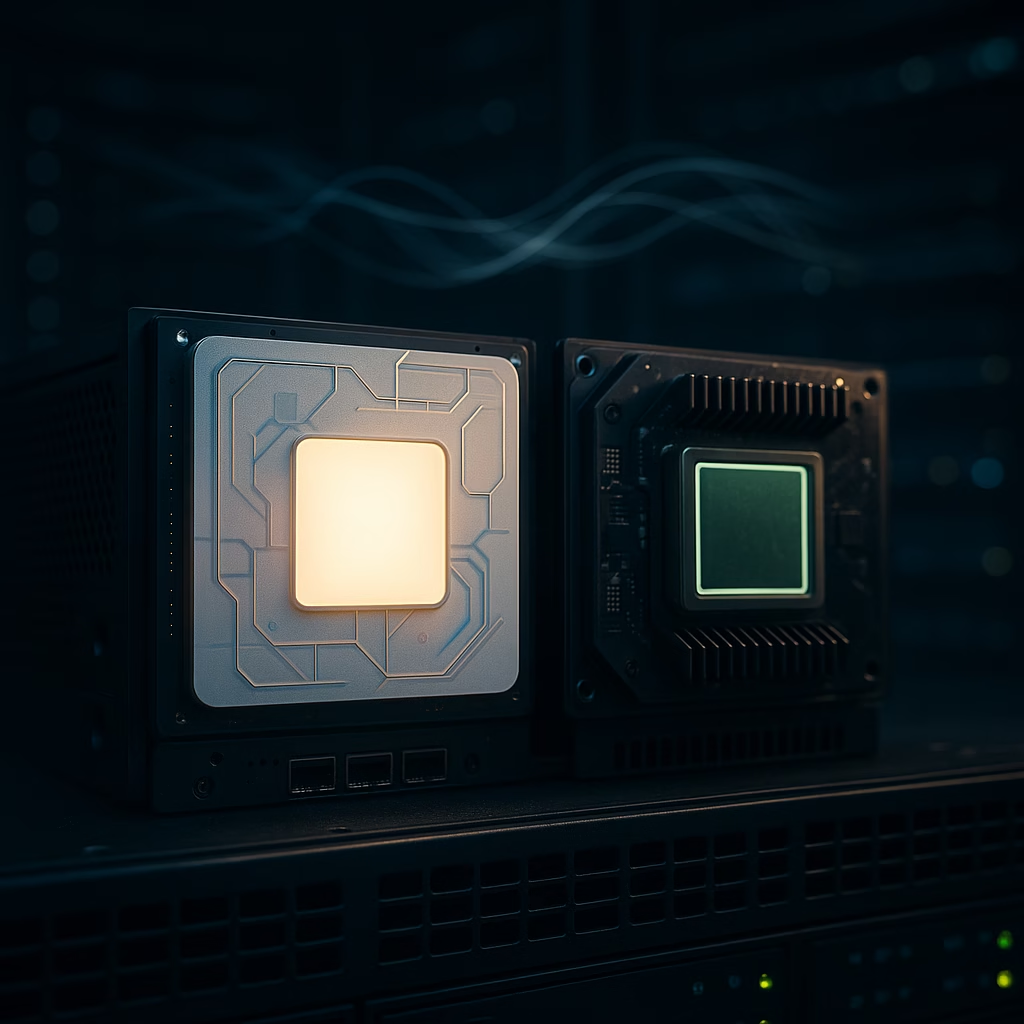Nvidia Stock Dips Amid Trump-Era Restrictions on AI Chip Exports to China
In a significant development for the semiconductor industry, Nvidia stock saw a notable drop following the revival of Trump-era export restrictions aimed at curtailing the sale of advanced AI chips to China. The move highlights growing geopolitical tensions and underscores the ongoing battle for technological supremacy between the United States and China. As the regulatory winds change once again, investors and market watchers are reevaluating the implications for Nvidia and the broader chipmaking industry.
What Triggered Nvidia’s Stock Slide?
Shares of Nvidia (NVDA), the leading designer of high-performance graphics processing units (GPUs), fell after news broke that the Biden administration would be enforcing limitations on the sale of AI-focused semiconductor technologies to Chinese firms. These measures, originally initiated during the Trump administration, are intended to prevent China from acquiring cutting-edge AI chips that could have potential military or surveillance applications.
While not a ban on all chip sales, the new rules are expected to impact some of Nvidia’s most advanced products, including the highly coveted A100 and H100 chips, which power complex AI computations.
Market Reaction
- Stock movement: Nvidia shares fell about 2% following the news.
- Tech sector ripple: Other chip stocks also faced downward pressure, though Nvidia bore the brunt due to its major exposure to AI chip demand in China.
- Investor sentiment: Concerns over lost revenue and cooling overseas demand were the chief drivers of bearish attitudes.
The stock movement underscores investor nervousness around the exposure of tech companies to global political decisions, particularly those that affect high-growth markets like AI and machine learning.
Why Is China So Crucial to Nvidia?
China represents a massive market for AI and data center chips. As the country continues its aggressive pursuit of leadership in artificial intelligence, Chinese companies such as Alibaba, Tencent, and Baidu have become key customers for Nvidia’s high-performance chips.
- China accounts for a double-digit percentage of Nvidia’s data center sales, making it one of the company’s largest international markets.
- Many Chinese firms rely on Nvidia’s A100 and H100 chips to train and run large-scale AI models.
- Restrictions on these products may push Chinese companies to seek domestic alternatives, diminishing Nvidia’s long-term footprint in the region.
With U.S.-China relations increasingly strained, this latest policy shift adds another layer of complexity to Nvidia’s international strategy.
Understanding the Export Restrictions
The U.S. government’s rationale for these restrictions is national security. Advanced AI chips are seen not just as commercial tools but as strategic assets that could be used for military development or surveillance programs by rival nations.
Key Provisions of the Policy
- Scope: The policy targets the export of semiconductors that support AI, data processing, and supercomputing tasks.
- Chips affected: Primarily Nvidia’s A100 and H100 GPUs, as well as other chips with similar computing capabilities.
- Scope of enforcement: Applies to exports directly from the U.S. and from international companies using U.S. IP or technology in their chip designs.
- Licensing requirement: Companies must now apply for special U.S. government licenses to export these kinds of chips to China.
Although Nvidia has previously developed less powerful alternatives specifically to lower risks of sanction violations, the revived restrictions could impact even those toned-down versions.
Nvidia’s Response and Strategic Moves
Nvidia has acknowledged the policy shift and emphasized its commitment to complying with export regulations. At the same time, the company is actively pursuing workarounds that would allow continued revenue generation without crossing into restricted territory.
Adaptation Strategies
- Product diversification: Nvidia has been exploring chip variants with lower compute capabilities that don’t fall under export limits.
- Geographic diversification: Increasing sales momentum in other growing markets like Southeast Asia and the Middle East.
- Partnerships: Nvidia is focusing on strategic collaborations with U.S. and European clients that may help mitigate the China downside.
The company remains confident in the strength of global AI demand and anticipates continued growth in sectors such as healthcare, autonomous vehicles, and enterprise data centers.
What This Means for Investors
The recent stock dip has left many retail and institutional investors reevaluating Nvidia’s risk profile. The company’s reliance on Chinese revenue streams — once considered a strength — now appears to be a potential vulnerability.
Navigating the Uncertainty
- Short-term volatility: Traders should expect fluctuations as the market digests the new restrictions and gauges China’s response.
- Long-term opportunity: Nvidia’s deep integration into generative AI and enterprise computing infrastructure still makes it a long-term player.
- Policy-driven landscape: Investors should stay alert to further changes in export regulations, as Washington continues to reshape tech-sector diplomacy.
Although the setbacks are real, Nvidia remains fundamentally strong. With a healthy innovation pipeline and diversified product offerings, the company continues to be a vital driver of the AI revolution worldwide.
Broader Impact on the Semiconductor Industry
Nvidia’s situation is far from unique. Other chipmakers such as AMD, Intel, and Taiwan Semiconductor Manufacturing Company (TSMC) are also monitoring U.S.-China technology policy with increasing concern.
Industry-Wide Concerns
- Supply chain disruption: Geopolitical risk may force companies to restructure manufacturing and export strategies.
- R&D uncertainties: Hesitancy in investing capital into markets where access may be abruptly curtailed.
- Competitive pressure: China is accelerating efforts to develop domestic chipmaking capabilities, posing a long-term challenge to U.S. firms.
The ripple effect could redefine the competitive landscape for years to come, hastening a global realignment of AI chip production and distribution.
Conclusion: A New Era of Tech Policy Risks
The drop in Nvidia’s stock is a clear reflection of how deeply politics and technology are now intertwined. As Washington and Beijing wrestle for AI dominance, companies such as Nvidia find themselves caught in the crossfire. While the future remains uncertain, one thing is clear: regulatory decisions will increasingly play a decisive role in shaping the fortunes of global tech giants.
For investors, staying ahead of such trends and understanding their implications will be key to navigating the evolving semiconductor landscape. Nvidia may face challenges in the near term, but its innovation engine and strategic agility position it well to weather the storm and capitalize on broader AI megatrends.
< lang="en">







Leave a Reply